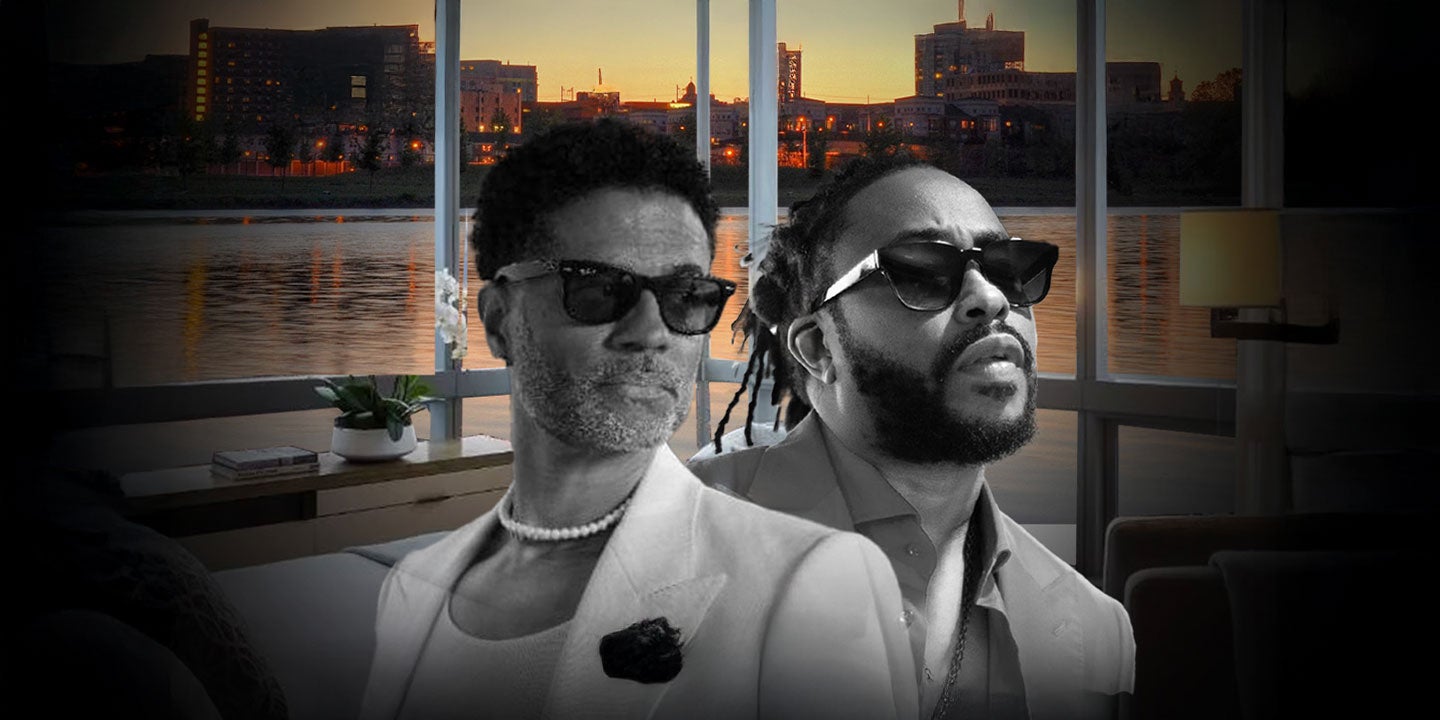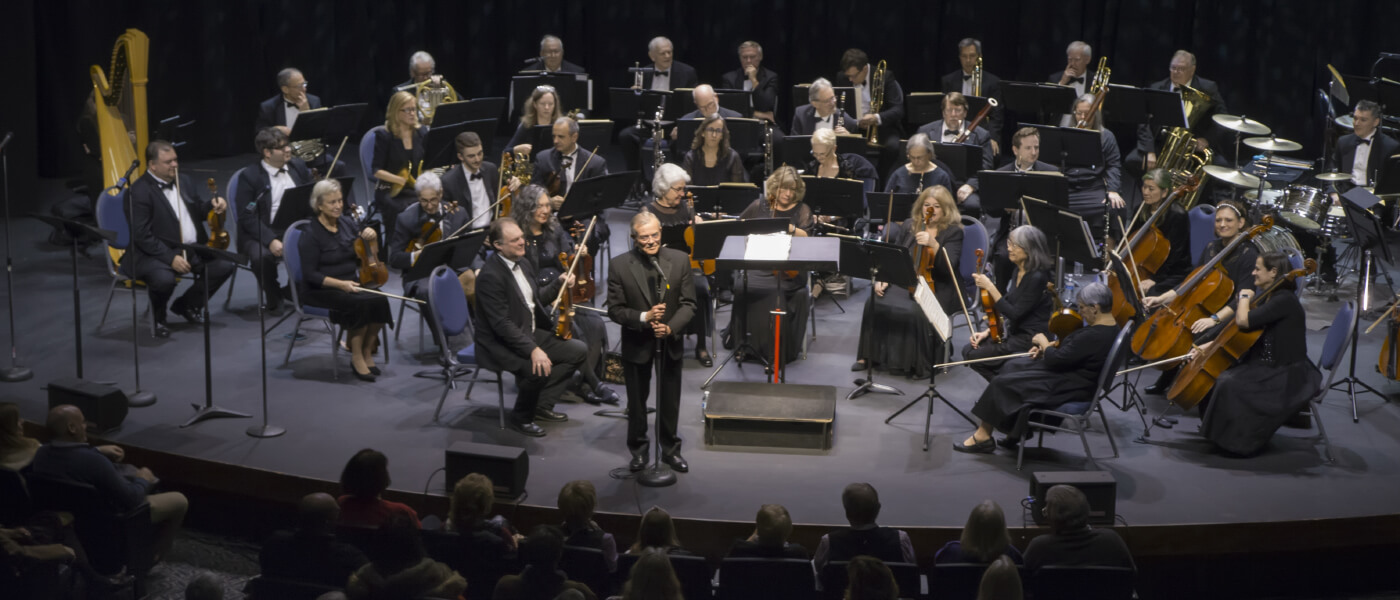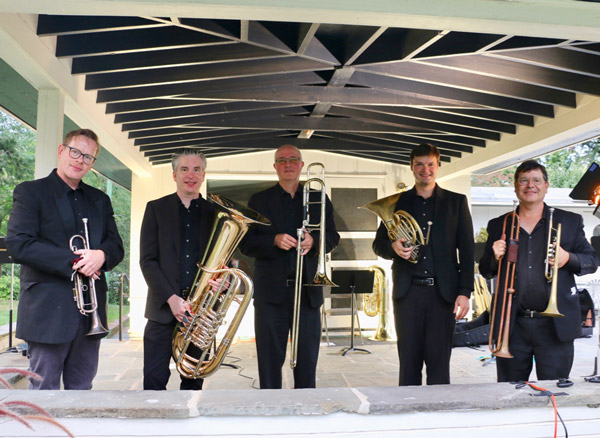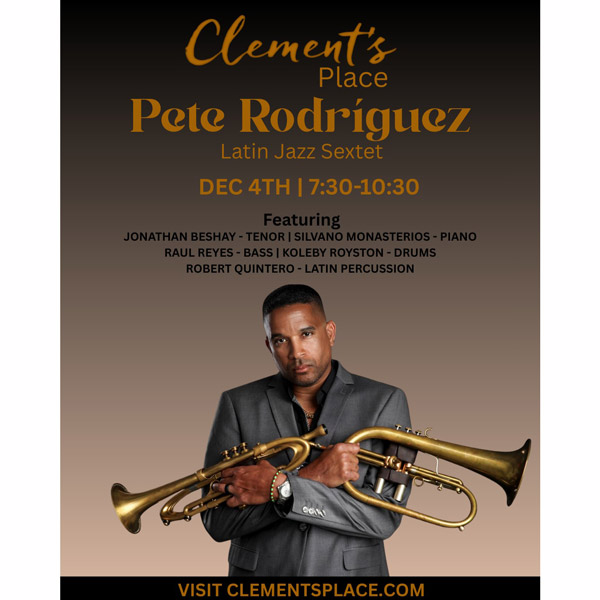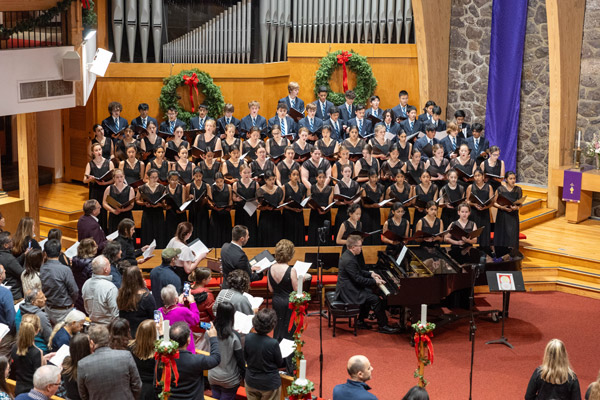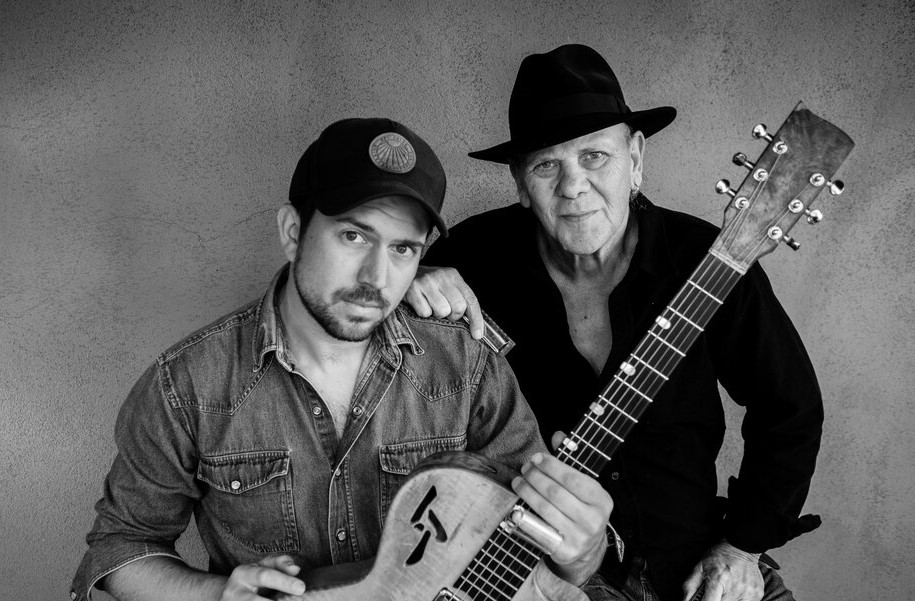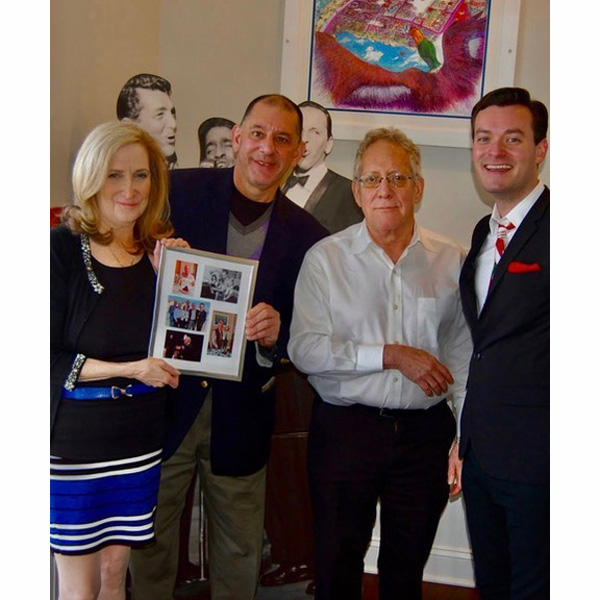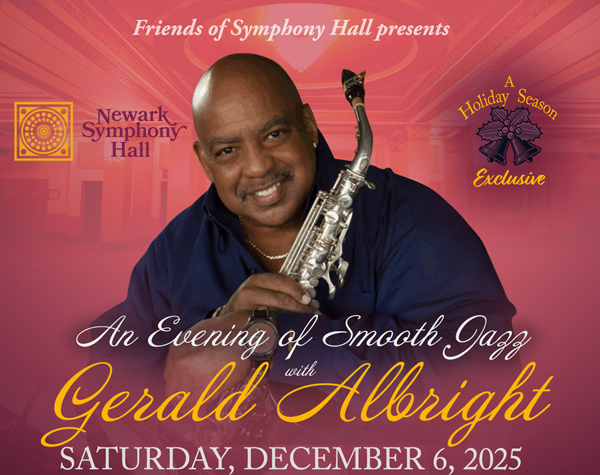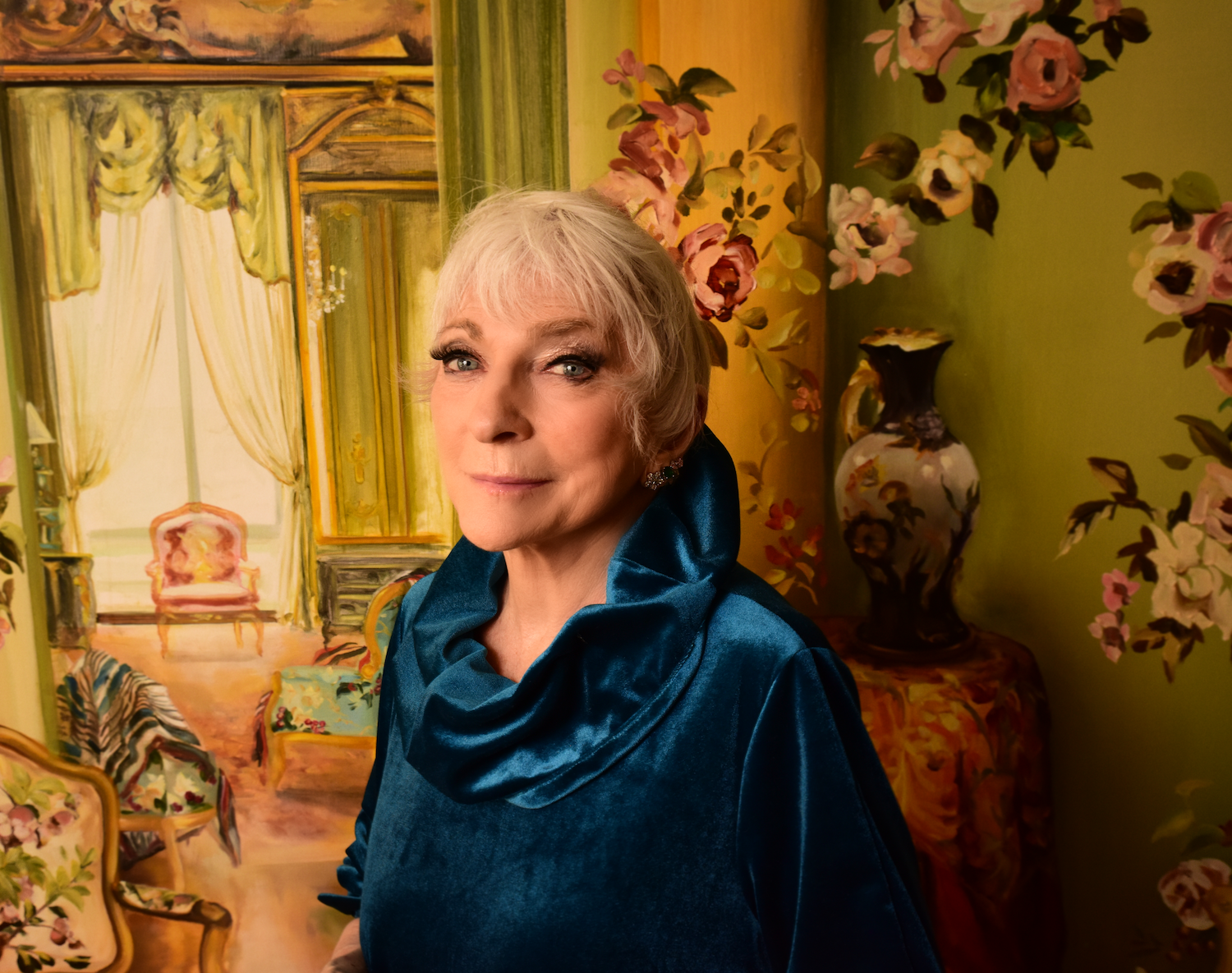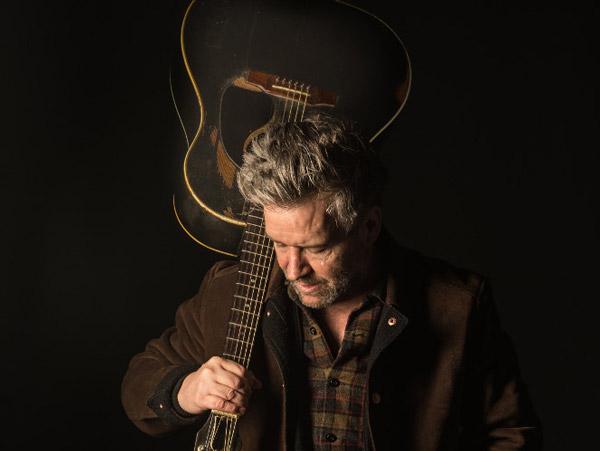Some 28 clean-and-sober years later, he wanted to tell his tale about how he has been to hell and back with the loving support of his wife of 30 years, Barbara, their two children, Ian and Tara, and an adoring music scene that appreciates the passion that makes Jeff work so hard.
Recently recovered from a brain injury, Jeff Crespi Rocks may work a little too hard. By day a personal trainer, who meets clients before the rooster crows at the Workout World in Manalapan, the 53-year-old tastemaker photographer was named one of the 25 most influential people in the New Jersey music scene in 2016 by NJ.com.
I chatted with Jeff about his lifelong love of music, his addiction, how the music scene helped his recovery, how sponsoring young musician and fan addicts led to an inspiring and influential photography career, how he balances the late nights of rock ‘n’ roll with the early mornings of personal training, his recent healing and the support of the scene toward it, and more.
Dark Sky Choir
Question: What kind of music did you like as a kid growing up?
Answer: Freestyle first, disco, dance, and then right to new wave. The whole classic-rock phase was a very short-lived scenario for me. This is in Brooklyn. New wave, you could just close your eyes and veg to Depeche Mode, The Cure, Psychedelic Furs, Human League and Howard Jones. This was in the early ’80s. Before that, it was freestyle. I would go out to the clubs with my friends.
Q: How did you gravitate from being a music fan to being a music photographer?
A: Music photography was never a plan, never a thought. I started taking my son, Ian, to live shows at Starland Ballroom when he was 10 and before that, when he was 8, I took him to PNC (Bank Arts Center) because he started listening to my KISS CDs. Then I took him to a second show that same summer, Motley Crue.
Then, my wife used to work for a very large music distributor that was affiliated with Warner Music, ADA, Alternative Distribution Alliance. For 11 years she worked for them in the data entry and accounting office in SoHo. At that time in the business world, the economy was still good and everybody had perks. The perks for me was that I had access to anything I wanted music-wise that was affiliated with any label that she worked with. One day she comes home and says, ‘There’s place in Sayreville called Starland Ballroom.’ I’d never heard of it. She says, ‘I probably could get you on some guest lists.’
So I would go to the box office to see if I was on the guest list. Half the time I was, half the time I wasn’t. It was that whole thing.
That started us going to the venue on a regular basis … two to five times a month. The fans became our friends. We became a part of the scene as fans. The security guards told us not to wait online but to go through them, so we started to be treated very cool. The place was still privately owned at the time by Tony Pallagrosi.
We just did our thing. My son and I would meet people at every show. He became the mascot of the club. He had this shirt that bands would sign, like Gwar and Less Than Jake. It became a challenge how many shows we could go to in a month or consecutive. He’s 21 now, so this was 11 years ago.
I was going to the shows with a regular point-and-shoot camera for the purpose of documenting our journey. It wasn’t about the pictures. It was about having to look back years later at what we were doing.
So that’s what it was about, experiencing something with my son, a father-song bonding thing through music. At some point, it became an obsession on my part. One time, we saw six shows, six nights in a row. This was a school-age kid who would get home at midnight, then get up for school the next day. He never missed a day of school. For his literary projects, he would write about the shows.
I became the cool dad to all his friends when they were 13 to 15. I had friends of mine who would beg me to take their kids to shows because they didn’t want to go.
Q: You were like the Pied Piper of rock ‘n’ roll (laughs).
A: Yeah, it was kinda weird. How the pictures became a thing was nothing special. I would come home from a show, and all my sons’ friends would sit by the computer and just wait for the pictures. They would comment on them.
I made friends with the photographers who were shooting the shows at that time. One day, one of the photographers said, ‘Why don’t you just shoot the shows? Do it professionally. You’re here all the time anyway. Why not?’
She said to ask bands to give me a photo pass, but I didn’t get a single reply. So then she said to have a blog or a magazine request the photo pass. I remember just being on the computer, and I came across a Facebook page for a magazine, so I emailed them and told them about what I do with my son. And they thought that was so cool. They said, ‘Would you like us to put you on as staff photographer, and we’ll get you some press passes?’ That was AMP magazine. This is around 2011.
I was using a Fuji point-and-shoot camera at this point. One of the photographers said, ‘This is a good beginner camera.’ It was a Canon T3i. I went to Best Buy and spent $600 on a camera and a lens.
The first show under AMP, the band For Today was the headliner. From that first show, I think I shot 80 shows in the next hundred days. And the next thing I know, it had become everything.
They would put photo galleries up on their website and Facebook page, not only of the headliners, but of local bands, 15, 16 years old. They were getting in AMP Magazine.
Q: How did you start mentoring young musicians and music fans who had drug problems?
A: I noticed that music brings that kind of element. A lot of people think it comes with the scene. At that time, I already was clean and sober about 10 or 11 years. I was already set in my ways of how I was living my life. When I started going to a lot of these local shows, like at the VFW, the Brick Moose Lodge, basements, I realized that there were a lot of these musicians or fans of music at that age who were in trouble through drugs and alcohol, like doing jail time or trying to get clean and sober. I started to relate and exposed my story to everybody and explained to them that I had been clean and sober X amount of years, and if you ever need any help or someone to talk to, I’m here. So I ended up sponsoring a bunch of these kids. At that time, I was very active in the 12-step program: NA, AA, CA, and PA.
Q: What’s CA?
A: Cocaine Anonymous. And PA is Pills Anonymous.
Q: You did all that stuff?
A: Yeah (laughs). My story is that years ago, I was doing drugs and alcohol on a regular basis, almost ended up dead, and found a way to live my life. The recovery way of life in the programs is in the programs, but I found a way to live that life outside of the programs, which to me was living. Being in the music scene and not drinking and drugging, I felt that this was my calling, that this was my way of giving back to society, but also helping people realize that being around the music scene didn’t have to relate to drugs and alcohol. That was my message, but I never preached to anybody nor did I tell anybody how to live their life. Everything was just about me talking to kids about my life: how I started and how it ended up, and if it helps them, great.
Q: Do you still do that?
A: Yeah, of course. When I started shooting in the venues, I told every bartender my story, every venue owner my story for the purpose of when I got to these places, they knew that I don’t drink. It made them aware that I’m not here to be an asshole. I’m here to be a productive member of society. I found a way to make me happy and also serve a purpose.
The main message that I want people to understand is that in order for me to live a healthy life of not drinking and drugging, there has to be passion and dreams. For me, being able to live clean and sober was about finding something passionate in me to keep me motivated to not want to drink and drug. That’s the message that I try to give to people whenever I have the opportunity to speak about it. It’s not about photography. It’s about finding something passionate in your life to make you want to wake up every day happy to be alive and go toward something.
The whole concept off drinking and drugging is about chasing that high because there’s nothing inside that makes you passionate enough to not do the disruptive thing. Don’t get me wrong, I don’t walk around telling people not to drink and drug. That’s not what I’m in the scene for. I’m in the scene to be a positive influence, to support the scene.
Q: Not only are you a photographer who works four or five nights a week if not more, but you’re also a personal trainer during the day, and you work at that extremely early. How do you balance those two jobs and a family?
A: I’ll say balance, but they wouldn’t. The whole photography thing, the whole music scene for me has become such an insanely cool way of life that 90 percent of my life is dedicated to that, so my family life is pretty limited.
Q: What about personal training? How do you maintain the energy to do that?
A: Well, because I don’t drink and drug. That’s the main reason, so other than being a little groggy here and there, I don’t have any the effects of hangovers or being stoned or waking up early and still being under the effects. The other reason is because I only work 20 hours at the gym. It’s almost like a part-time job, so the financial burden is greater.
In the beginning, the photography was no intention of making money. It was just a fun, passionate hobby. About half way through, it became something different by chance. It was never by design. I remember one day a band said, ‘Are you coming to the show at the Brighton Bar? Are you available and how much do you charge?’ I didn’t know what to say. I sat there for an hour thinking about what to say back … That was four years ago.
I remember writing back, ‘How does $30 sound?’ And I remember I was like, ‘Really?’ But I knew that it couldn’t be all the time because I wanted this to be about me going out there having fun, choosing what shows to go to. So I had to feel my way around and figured out a niche.
And the venues were like, ‘Come on in.’ Now I’m the official house photographer for The Stone Pony and one of the house photographers for Starland Ballroom. I pretty much have an open-door policy with any venue in Asbury Park, but I don’t get paid to shoot at those venues. I get paid by the bands. Most shows now, I usually go home with something.
The Black Clouds
Q: You work extremely hard. There must be some days where you’re working from 5 o’clock in the morning to 2 or 3 o’clock in the morning.
A: Easy. That’s seven days a week.
Q: Do you take a nap in the middle of the day?
A: Usually when I come home from my day job, which is usually between 10:30 and 11:30 in the morning, I have from about noon to 4 or 5 o’clock in the afternoon for downtime. That downtime is spent editing pictures and taking little 10-minute cat naps … while something’s downloading. I average about five hours of sleep.
Q: You recently suffered a brain injury. Did that have anything to do with a lack of sleep?
A: I don’t know the answer to that, but I was told that what I had was something that probably was there for years, that it wasn’t related to anything other than some kind of trauma that I must have suffered at some point in time years earlier. The only thing I can remember that can relate to that is years ago, I was at the Brick Moose Lodge for a local show, and I caught a backhand in a mosh pit that hit me so hard by the eyebrow that it knocked my two front teeth crooked. That’s only thing that I can think of that was trauma to the head.
The way that the surgeon explained it to me was that I had these blood vessels that were backing up. Blood was going up, forming this blood mass on the top of my skull. These were blood vessels in my skin layer above my skull, so the blood was just accumulating. I remember a few years ago putting my finger on the top of my head and feeling this soft bump. Being the idiot that I am, it never occurred to me to go to a doctor and say, ‘What is this?’ It was just there. It never bothered me. It never affected anything I did. But I felt it. I knew it was there. Now I know that was it because now it’s not there.
Physically, I feel fine. No effects. According to the doctors, they found it, they fixed it. I shouldn’t have any problems. I was having seizures, but now that they glued this blood mass in place to compress it, the blood flows the right way. I have to have it checked in October. They do a one-day procedure with a camera to make sure everything’s OK.
Q: How many show requests do you get?
A: About a dozen a week.
Q: It’s physically impossible to do that, so how do you decide which ones to do?
A: That’s a good question because that’s one of the other reasons why I never wanted to make it a full-fledged business. There are shows that I will go to based on who’s going to be there from a fan perspective because at the end of the day, my happiness is as important as yours or the next person. Other than the ones where I’m getting paid, I have to go to, and it’s obviously my choice to do it that way, I do one of two things. I’ll either figure out a circuit to hit multiple shows in one night. It could be as many as five or six shows. Or I’ll go that show because I know there’ll be certain people who I love to be around, so it might not even matter who the band is.
Q: Do you still go to shows with your son?
A: He goes to a lot on his own, but once in a blue moon, he’ll ask me to get him on the guest list. He goes to shows in Philly and New York. He loves GameChanger World in Howell. I exposed him, but eventually a kid takes their own direction … what they like more. He’s very into the aggressive hardcore stuff. He likes the venues where the security doesn’t stop the kids from doing what they gotta do. And he’s taken on the role of being one of the kids who’s been in the scene for a long time.
Q: Does he play music or dabble in photography?
A: Both my kids are into photography. Whenever I get a new camera, I hand the old one down to one of them. Now both my son and my daughter have their own cameras. And my son has been taking some great pictures.
And he records music. He writes a lot of rap-style, spoken-word stuff. Every night, he’s writing down stuff. It’s not a band, but he’s been recording with some of his friends. The friend records the music, and he writes the lyrics.
My daughter is a huge music fan, but she’s not big into the live shows. But neither was I at that age. My daughter, Tara, is going to be 17 in a few weeks.
Kaleido
Q: How has the music business changed in the past decade and how has that impacted you and other photographers?
A: My take on the whole music scene and business is different now than when I first started. When I first started, I was just a guy having fun, going to shows, enjoying what I was doing for fun. I started in my 40s. I wasn’t a kid.
Q: What did you do before?
A: I was a desktop support specialist for Hewlett-Packard. One day they came in and said, ‘We’re outsourcing your department.’ I was unemployed.
I had gotten my personal training certification as a hobby about eight months before that. I was in a bowling league with the owners of the gym, and they gave me a job, so I was never out of work.
But the business side of concert photography changed because of younger people being able to afford better cameras. The younger generation is living at home going to school, so the making money part of it isn’t a necessity for them. When you’re a venue, promoter or whoever pays people for concert photography, they look at it like, ‘Well, why should we pay somebody if we have these younger kids who are willing to do it for free?’ That doesn’t just hurt me, but all these people making a living at it, who went to school for it, who invested thousands of dollars in equipment and education to become photographers for newspapers or venues or touring photographers for bands. It became a dying business. I found a niche with the local scene, but most concert photographers also have to shoot weddings because they can’t make enough money shooting concerts.
Q: So digital photography has impacted the concert photography business in the same way that digital music and streaming has impacted record sales?
A: 100 percent! When photographers would come to me and say, ‘It’s you guys who ruined the business,’ I would say, ‘Us guys? What does that mean? We didn’t ruin the business. Technology ruined the business. Don’t blame the people who are just doing what they love.’
Shady Street Show Band
Q: In the six years since you started shooting in Asbury Park, how has the city and the scene changed for the better and for the worse?
A: As a fan of music, it’s insane. It’s a dream because every night of the week, there’s 42 different musical things going on.
From a business standpoint, there’s so much going on musically that certain venues or areas are being pulled away from. There’s too much spread out, so as a fan of a music with 17 shows going on a given night, you have to decide which one you’re going to. I’m watching that transformation happen over the years. I don’t know where it’s going to end up. I think at some point, everything’s relevant for X amount of time, then it blows up in your face.
I’m noticing that every person who wants to do something in the music field wants to be a freelancer. Everybody today wants to be an entrepreneur and their own boss. Nobody wants to work for anybody anymore, so you’ve got bartenders, promoters, all these people who don’t want to commit to anybody. They want to be able to work at any venue at any time, any day with any band. I think they’re losing the understanding of consistency, loyalty, respect. All of that’s gone. Nobody wants to be part of anything anymore.
I don’t know if it’s the people or the venues that created that effect. Back in the day if you were a promoter, you worked for the venue and were paid by a venue. Your job was to bring people into that venue regardless of who was playing. Your only job was to fill the room. In today’s world, each night is a different promoter.
Back in the day before social media, if your friend said to you, ‘Hey, do you want to go to L’Amour tomorrow night?’ You’d say, ‘Well, who’s playing?’ It didn’t matter because you had no access to looking them up. You had to go there to see them. You couldn’t look them up and say, ‘Well, I don’t like the way they look, so I’m not going.’ Or ‘I don’t like the way they sound. I’m not going.’ You didn’t have that option. You went to shows just to hang out and to be with your friends …You had to go to the live shows to experience it.
You don’t have to do that anymore, so it’s a very different way of trying to get people into venues … There has to be something there other than the music to get people into the venue today. Some venues handle it well, and some don’t. Some promoters understand how to do that, and some don’t. Some bands understand how to do the marketing side of it, and some don’t.
Little Vicious
Q: You were named by the state’s largest website as one of the 25 most influential people on the local music scene. How did that make you feel, and what do you think that means as far as how it relates to your role within the music scene?
A: What it meant to me initially was that this is totally insane to be on a list with people like Bruce Springsteen and these record-label people. What it meant to me personally was how many people are out there seeing what I do who I don’t even know their name. That to me was the coolest thing in the world.
When I was in the hospital reading that list of donations, I am telling you that three-quarters of that list I didn’t recognize. I had to go to Facebook, type in the name to see who they were. You know how many people on that list weren’t even a friend of mine on Facebook? I couldn’t believe it. That showed me that there are so many people out there who know what I do, know who I am, and appreciate it. I’m reaching people.
That makes bands more appreciative. It adds a little bit more to the show. If I go home, and I upload 50 pictures of a show that just happened a few hours ago, think about the moments that happened during that show from a band and fan perspective that now is being relived for days and weeks after. So it helps spread the word.
Bob Makin is the reporter at www.MyCentralJersey.com/entertainment and a former managing editor and still a contributor to The Aquarian Weekly. Contact him at [email protected].
New Jersey Stage is proud to be the home of Bob Makin's Makin Waves column since 2017. His Song of the Week column comes out every Friday. He also writes an Album of the Month and Interview of the Month as well.
FEATURED EVENTS
To narrow results by date range, categories,
or region of New Jersey
click here for our advanced search.
To narrow results by date range, categories,
or region of New Jersey
click here for our advanced search.
EVENT PREVIEWS
Princeton Symphony Orchestra presents Holiday Brass Chamber Concert at Trinity
December 4, 2025
Clements Place Jazz presents the Pete Rodríguez Latin Jazz Sextet on December 4th
December 4, 2025
MPAC presents LeAnn Rimes: Greatest Hits Christmas Tour on Thursday
December 4, 2025
The Light We Give: A Holiday Readings & Carols Concert by the New Jersey Youth Chorus
December 5, 2025
Lizzie Rose Music Room presents David Jacobs-Strain and Bob Beach on Friday
December 5, 2025
Remembering Frank Sinatra: A Swellegant Celebration to Take Place in Avon
December 6, 2025
Friends of Symphony Hall presents "An Evening of Smooth Jazz" with Gerald Albright
December 6, 2025
Human Nature presents "CHRISTMAS. MOTOWN. And MORE" at Golden Nugget Atlantic City
December 6, 2025
Shea Center for Performing Arts presents An Evening with Judy Collins
December 6, 2025
Split Level Concerts presents Tim Easton and Quincy Mumford at Jersey Shore Arts Center
December 6, 2025







